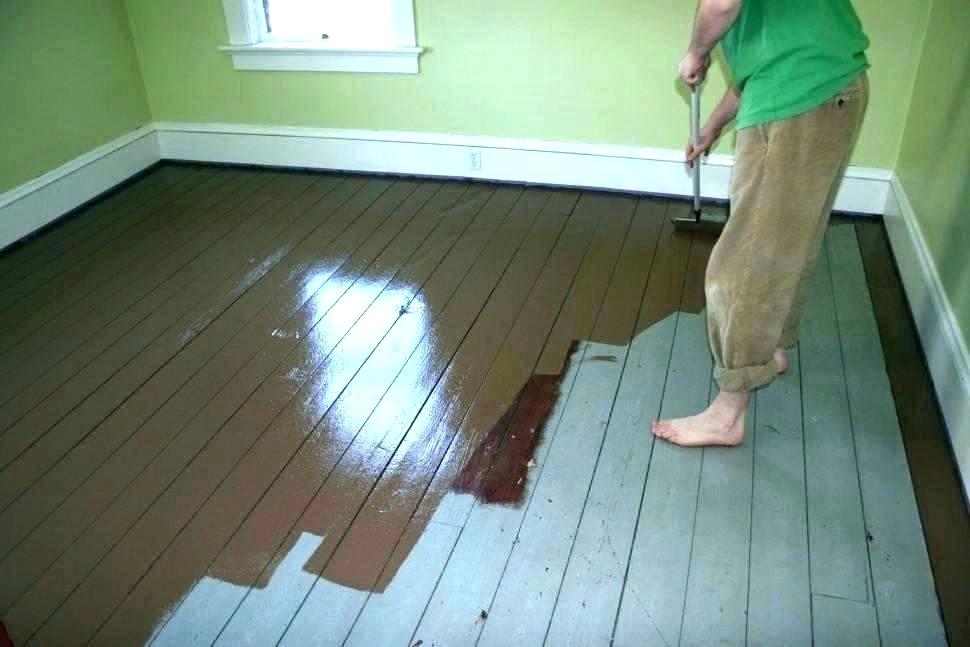Discovering blisters or bubbles on tennis court surface areas is a somewhat typical trouble, particularly on concrete substrates. Many court proprietors are baffled by the reality that occasionally the blisters are there and also various other times they are not. The first thing they do is condemn the resurfacing contractor, because it was fine before, and also currently the trouble is happening after the new surface was applied. Polymer tennis court surfaces are semi-permeable, or breathable, and also allow percentages of dampness vapor to transfer via them from under the slab. Nonetheless, if there are big amounts of moisture attempting to get through, it can develop this situation. When a tennis or basketball court was not developed with an appropriate boundary water drainage system to divert water away, a lot of the wetness can end up directly under the court. When the sun heats up the surface, the water is attracted upwards in a vapor kind.

This thi cong san tennis develops hydrostatic pressure, and also can damage the bond in between the coating and also the asphalt or concrete surface area. The result is several bubbles and blisters on the court surface area. Concrete surface areas need to additionally have a 10 mil vapor obstacle set up when the court is developed, to avoid this from taking place. Unlike asphalt, concrete is really dense and has a tendency to develop greater levels of hydrostatic stress. This is why the problem takes place more frequently on concrete courts. Apart from, and also combined with poor drain, surface blisters and bubbles can additionally become a concern when way too many coats of appearing product are applied and visit site for more further info vuongquocson.vn/quy-trinh-huong-dan-thi-cong-son-san-tennis-tieu-chuan-6-lop. This can happen after many years of resurfacing cycles have been performed. When a tennis court is resurfaced, there are anywhere from 3 to 10 coats of appearing material applied, depending upon whether it is a hard court or a cushioned tennis court surface.
The standard resurfacing cycle ought to occur every 4 to 7 years. At some time, around the fourth or 5th resurfacing, the owner may want to consider having the tennis court contractor remove the existing finishing’s, pull back to the sidewalk. This assists to minimize the possibility for blisters or bubbles, and breathability problems. Tennis court finishes consist of, or are job-mixed with silica sand for filling up spaces and also texturing the playing surface. This creates non-slip security, and also sets the rate of the game. Sand additionally damages the surface area tension of each finish layer and also allows it breathe much better. Hence, it is suggested to specify sand right into each coat of product. In some rare instances, occasional bubbles might appear on a sporting activity surface with sufficient water drainage. This is most likely to occur during extreme climate patterns that bring continuous rains and also over worry drainage systems. If the surface it exempt to this trouble long term, the bubbles generally decrease and vanish without additional troubles. The random bubble can also be injected with acrylic latex to re-adhere the finishing to the sidewalk surface, if needed. A sporting activity emerging specialist can deal with this with very little cost.